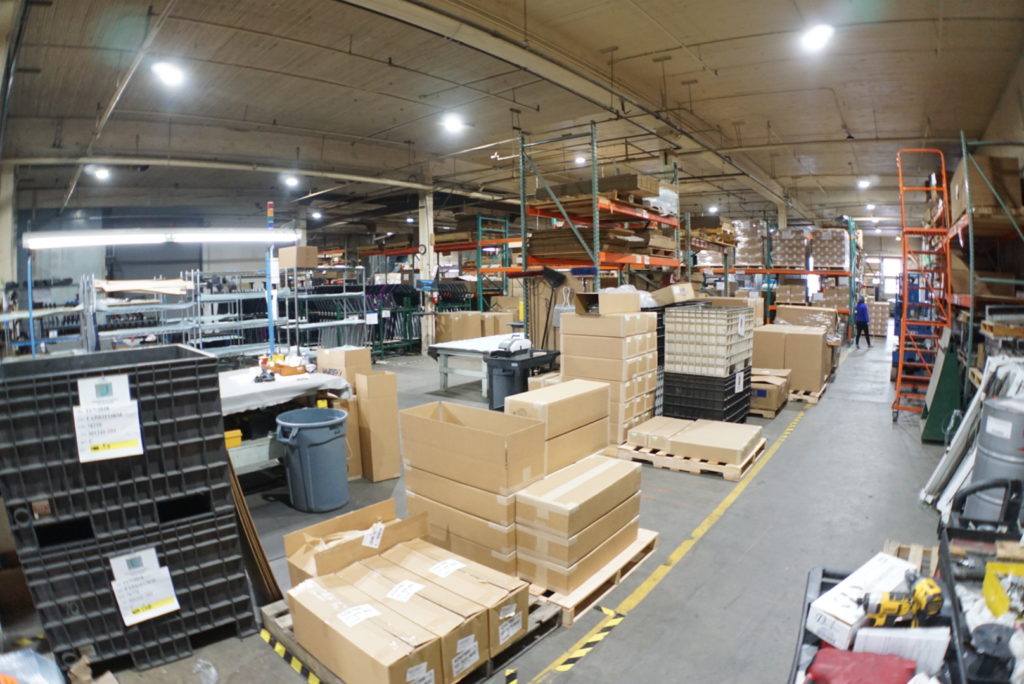
Driving down Airport Way in South Seattle, one passes the iconic Rainier brewery on the right hand side. This landmark building has been converted into office space, a common theme in Seattle. While these days Seattle is best known for its tech scene, this section of roadway abutting I-5 still holds reminisce of the life blood of this unique city. It’s one that builds consumer goods, not just the apps that divert our attention on a second to second basis.
Fabriform (now Fabrifi), just a stone’s throw away from the infamous Rainier Brewery, is another one of Seattle’s long time manufacturing businesses. Over the past 38 years, it has been an industry leader in plastics formation across the Pacific Northwest. It serves the aerospace, medical and dental, life sciences, gaming, semiconductor, marine, transportation, and food processing industries.
Unlike some of its foundry neighbors along Airport Way, Fabrifi’s manufacturing process is clean, technical, and requires great attention to detail. When Urban Energy Group first audited the facility it was clear that uniformity, maintenance savings, and energy efficiency were the customer’s main issues of concern. There were too many existing lights cluttered throughout the space. Our main goal was to redesign the layout in order to improve distribution, while significantly decreasing the number of existing high bay fixtures.
Post installation the main production facility looked like a completely new space. We cut the number of high bay fixtures in half. We spaced the new LED high bays evenly throughout the warehouse and converted the task lighting to LED above areas that required attentional light. The redesign improved the overall appearance of the building’s interior. There was uniformity across the space and distribution greatly improved.
Project Highlights
- $5,727 saved/yr
- 71,583 kWh saved/yr
- 66% energy saved/yr
- 53% incentivized by Seattle City Light
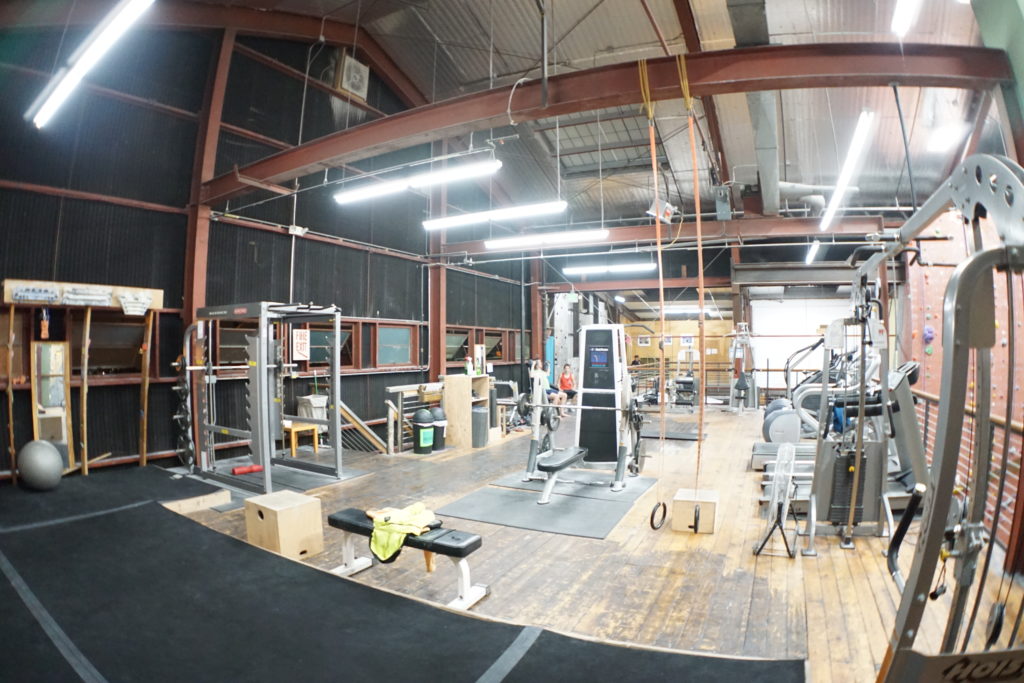
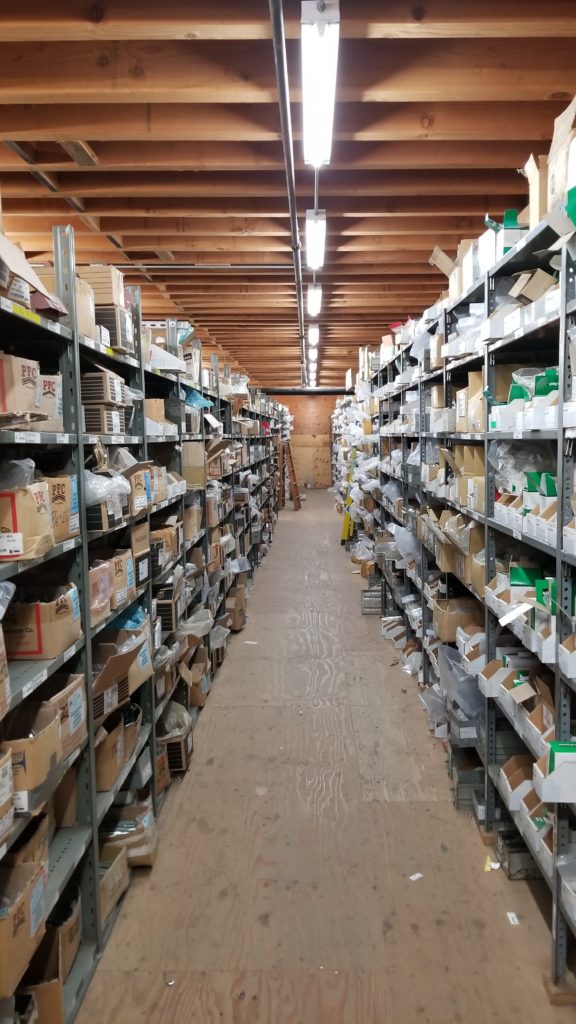 warehouse, a separate layer of commerce unseen by the retail customer, shipping tools, equipment and supplies to Mechanical Contractors and Industrial Customers throughout the Pacific Northwest and Alaska. The fishing boats are leaving for Alaska soon and Ballard Industrial is hustling 10 hours per day cutting pipe, moving pallets, and shipping truckloads of product across the canal. Ballard Industrial is a staple of the local marine and industrial economy. Those who drive down Shilshole Avenue are familiar with the iconic blue and orange painted brick building.
warehouse, a separate layer of commerce unseen by the retail customer, shipping tools, equipment and supplies to Mechanical Contractors and Industrial Customers throughout the Pacific Northwest and Alaska. The fishing boats are leaving for Alaska soon and Ballard Industrial is hustling 10 hours per day cutting pipe, moving pallets, and shipping truckloads of product across the canal. Ballard Industrial is a staple of the local marine and industrial economy. Those who drive down Shilshole Avenue are familiar with the iconic blue and orange painted brick building.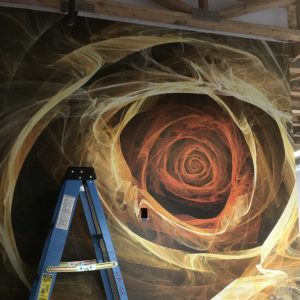
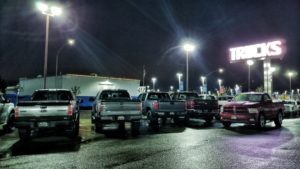 Imagine driving down a street lined with car dealerships on either side. Each car on the lot is spotless: regularly washed, buffed, and wiped dry. Now imagine every dealership on the block has crisp LED lights showing off that new car look…everyone, except yours, that is. Instead, 11 of your 30 pole lights are burnt out. Your 20 year old fixtures still have 1000W metal halides that cost $75 per bulb plus the cost of renting a lift to replace it. You are paying a fortune every month to keep even those 11 bulbs running 12 hours per day. You are the darkest dealership on the block. You are a target for theft and vandalism. According to the
Imagine driving down a street lined with car dealerships on either side. Each car on the lot is spotless: regularly washed, buffed, and wiped dry. Now imagine every dealership on the block has crisp LED lights showing off that new car look…everyone, except yours, that is. Instead, 11 of your 30 pole lights are burnt out. Your 20 year old fixtures still have 1000W metal halides that cost $75 per bulb plus the cost of renting a lift to replace it. You are paying a fortune every month to keep even those 11 bulbs running 12 hours per day. You are the darkest dealership on the block. You are a target for theft and vandalism. According to the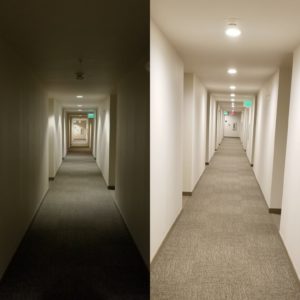 artment door because half of the lights are burnt out.
artment door because half of the lights are burnt out.